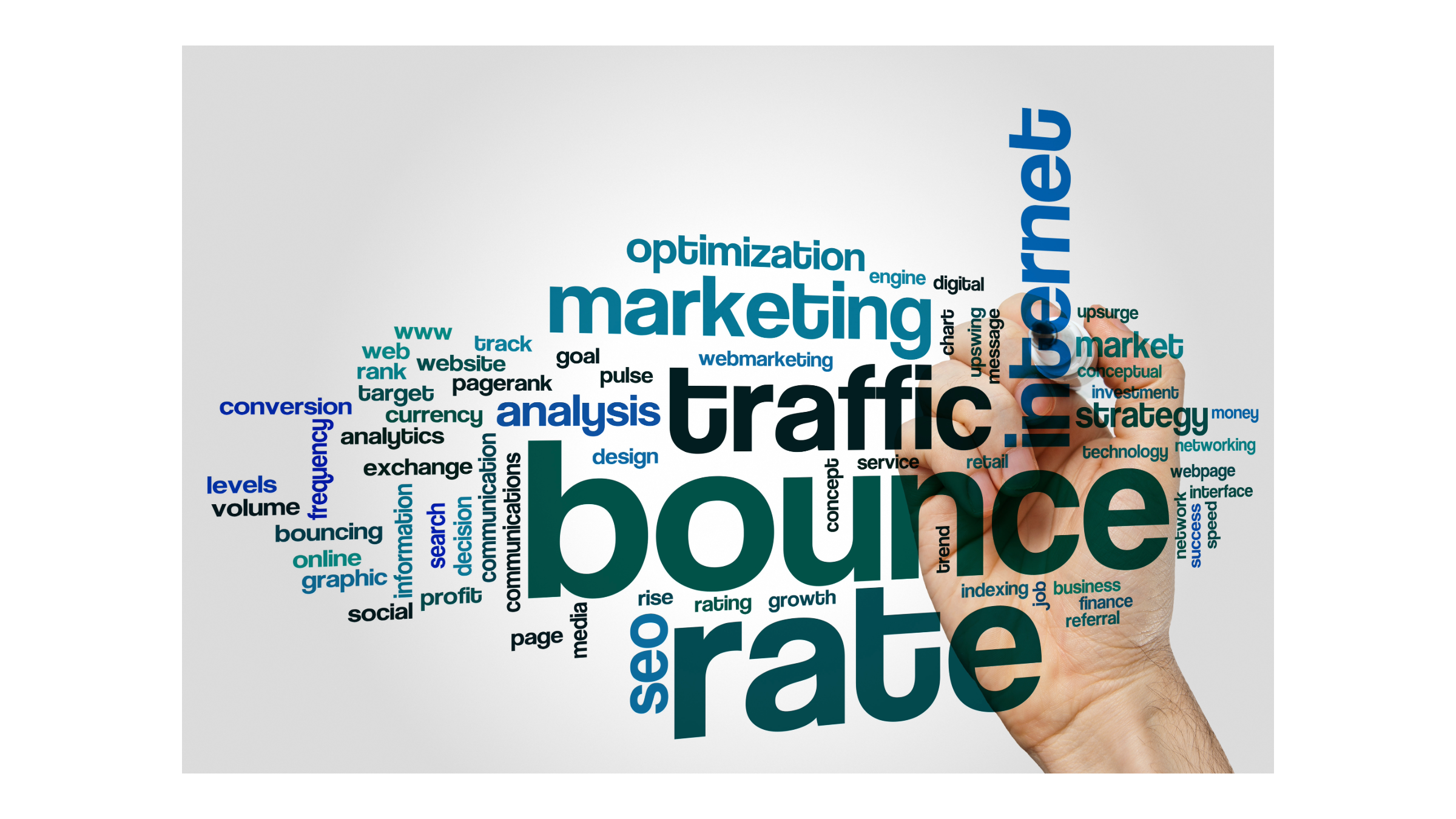Understanding and effectively managing bounce rate is paramount for enhancing engagement, refining user experience, and driving conversions. While there's no universal benchmark for an ideal bounce rate, typically, a range of 40-60% is considered average. Several factors influence bounce rate, including website design, page loading speed, content relevance, mobile optimization, and traffic sources.
To reduce bounce rate and bolster website performance, implementing strategies to enhance website design, optimize page loading times, create compelling and relevant content, ensure mobile responsiveness, and incorporate clear calls to action are imperative. Leveraging tools like Google Analytics, Crazy Egg, or Hotjar can provide valuable insights and analytics to measure and analyze bounce rate effectively.
However, it's essential to interpret bounce rate within the broader context of user behavior and site objectives. For instance, a high bounce rate may not necessarily signify poor performance if users are quickly finding what they need and leaving satisfied. It's crucial to align bounce rate analysis with other relevant metrics to gain a comprehensive understanding of user engagement and behavior.
By dispelling common misconceptions surrounding bounce rate and adopting a data-driven approach, website owners can make informed decisions to optimize their websites, achieve their objectives, and enhance overall performance.
